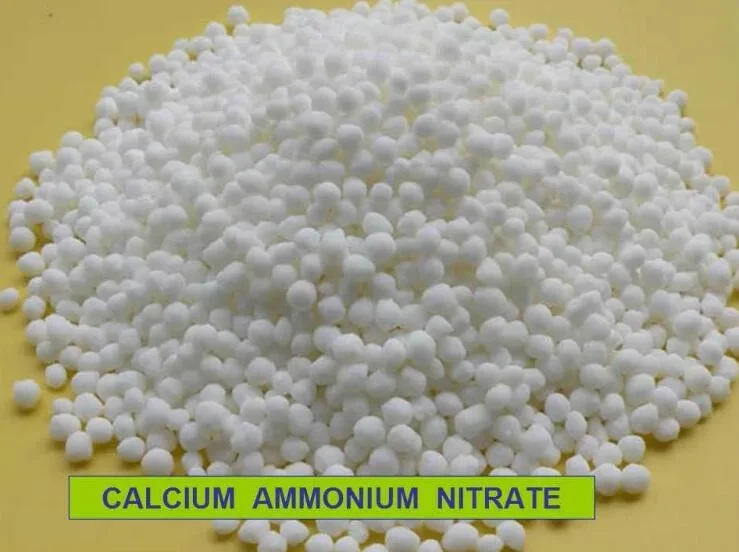



how to make sodium chlorate from salt
How to Make Sodium Chlorate from Salt
Sodium chlorate (NaClO3) is an important compound used in various applications, including as a herbicide and in the production of chlorine dioxide. While industrial production methods involve complex chemical processes, it is possible to synthesize sodium chlorate from common table salt (sodium chloride, NaCl) using a basic electrochemical method. This article outlines the process of making sodium chlorate at home, focusing on safety, materials, and steps involved.
Materials Required
Before starting the electrolysis process, it is essential to gather the necessary materials
1. Table Salt (NaCl) This is your primary source of sodium. 2. Water Distilled water is preferred to minimize impurities. 3. Electrolytic Cell This can be a simple setup using a glass or plastic container. 4. Electrodes Graphite rods or stainless steel can be used as electrodes. 5. Power Supply A DC power supply or a battery that can provide a stable voltage of around 4 to 6 volts. 6. pH Meter or Litmus Paper To monitor the pH of the solution. 7. Safety Equipment Gloves, goggles, and a fume hood or well-ventilated area are essential for safety.
Procedure
1. Prepare the Salt Solution Start by dissolving a substantial amount of table salt in distilled water. A typical concentration is around 10 to 20% NaCl by weight. Stir the solution until the salt is completely dissolved.
2. Set Up the Electrolytic Cell Pour the saltwater solution into your electrolytic cell. Place the electrodes into the solution, ensuring they do not touch each other. Position the graphite or stainless steel rods parallel to each other for optimal performance.
3. Connect the Power Supply Attach the electrodes to the DC power supply. Ensure that the positive terminal is connected to the anode (positive electrode), and the negative terminal is connected to the cathode (negative electrode).
how to make sodium chlorate from salt

4. Start the Electrolysis Turn on the power supply. You will observe bubbles forming at both electrodes. At the anode, chlorine gas (Cl2) will be produced, while hydrogen gas (H2) appears at the cathode. The Chlorine gas evolves in the solution, reacting with the sodium ions and forming sodium hypochlorite (NaClO) and, over time, sodium chlorate (NaClO3).
5. Monitor the pH It’s important to keep an eye on the pH of the solution throughout the process. A pH between 8 and 10 is ideal for the formation of sodium chlorate. If the pH drops significantly, add a small amount of sodium bicarbonate (baking soda) to maintain the optimal conditions.
6. Continue Electrolysis The electrolysis should continue for several hours or until you notice a significant change in the composition of the solution. The production of sodium chlorate could take between 4 to 12 hours, depending on conditions such as temperature, salt concentration, and the efficiency of the electrodes.
7. Harvesting the Product After the electrolysis process is complete, you can filter the solution to remove any undissolved impurities. The sodium chlorate can be crystallized out by evaporating some of the water or by chilling the solution, which helps in isolating the solid product.
Safety Precautions
Working with electrolysis, especially when producing chlorine gas, can be hazardous. It is critical to conduct this procedure in a well-ventilated area or fume hood to avoid inhalation of toxic gases. Always wear appropriate personal protective equipment such as gloves and goggles to prevent skin and eye irritation.
Conclusion
While synthesizing sodium chlorate from common salt is a straightforward process, it necessitates careful attention to the chemical reactions involved and adherence to safety protocols. Understanding the theory behind this method and the reactions taking place will help ensure a successful outcome while minimizing risks. Sodium chlorate has valuable applications, and creating it from readily available materials demonstrates the fascinating chemistry that underpins our everyday substances. Always remember that handling chemicals requires responsibility and respect for their potential hazards.
-
Why Sodium Persulfate Is Everywhere NowNewsJul.07,2025
-
Why Polyacrylamide Is in High DemandNewsJul.07,2025
-
Understanding Paint Chemicals and Their ApplicationsNewsJul.07,2025
-
Smart Use Of Mining ChemicalsNewsJul.07,2025
-
Practical Uses of Potassium MonopersulfateNewsJul.07,2025
-
Agrochemicals In Real FarmingNewsJul.07,2025
-
Sodium Chlorite Hot UsesNewsJul.01,2025










